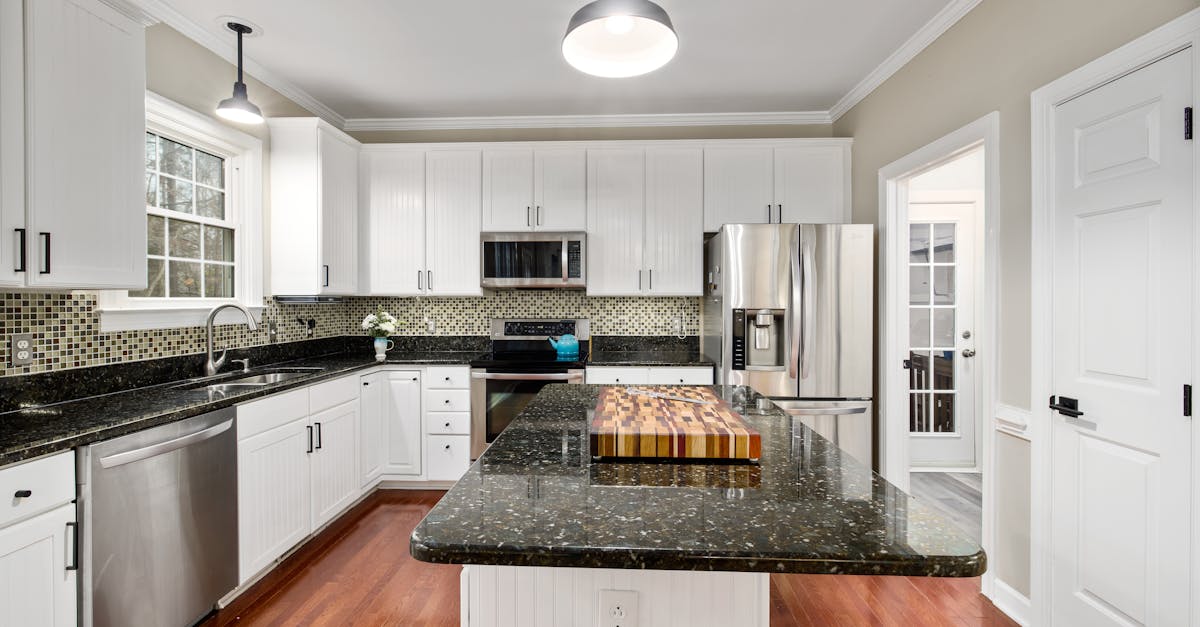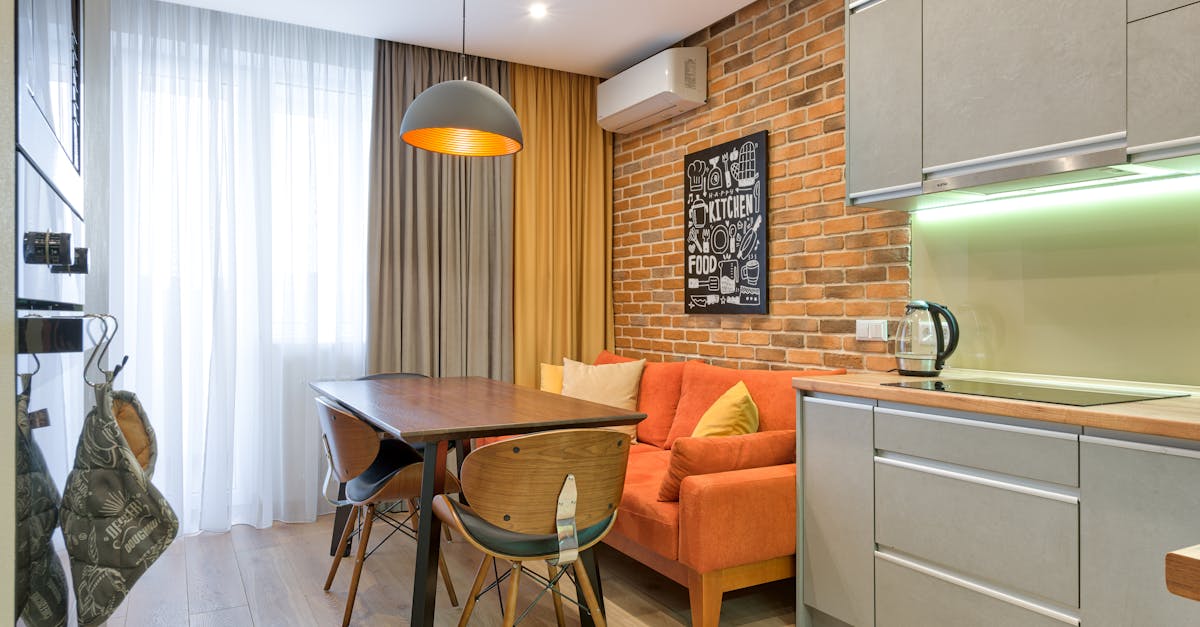
Table Of Contents
Owner-Occupancy Requirements
To qualify for an FHA loan intended for multifamily homes, borrowers must adhere to specific owner-occupancy requirements. The Federal Housing Administration mandates that at least one unit of the property must be occupied by the borrower, ensuring a vested interest in maintaining the property. This rule is designed to promote responsible ownership and investment in residential neighborhoods. Borrowers often seek Multi-Family Dwelling Loans not only for personal residence but also as a strategy for generating income through rental units.
Living in one of the units is essential for meeting FHA guidelines. The owner-occupant must reside in the property for a majority of the year, which can impact the financial planning of potential investors. Although this may limit some investors, it also allows homeowners to take advantage of the rental market while simultaneously benefiting from the FHA's flexible financing options. The requirements surrounding owner-occupancy play a crucial role in the sustainable use of Multi-Family Dwelling Loans.
Living in One Unit of a Multifamily Home
Purchasing a multifamily home with an FHA loan often requires the buyer to live in one of the units. This stipulation not only supports the owner-occupancy requirement but also helps maintain the property’s value. By residing in one unit, homeowners can manage their investment directly and benefit from the rental income generated by the other units. This setup can effectively reduce living expenses while building equity in the property.
For those looking to secure financing, understanding how Multi-Family Dwelling Loans work is essential. The FHA’s guidelines ensure that the buyer is committed to living in the property, making it a viable option for both homeownership and investment. Lenders will typically assess the buyer's ability to manage the dual responsibilities of being a homeowner and a landlord when evaluating the loan application.
Calculating Rental Income for FHA Loans
When applying for FHA loans on multifamily properties, calculating rental income plays a crucial role in the approval process. Lenders will consider the potential income generated from the additional units in the property. This calculation helps determine the buyer's debt-to-income ratio, which is a key metric used by lenders to assess affordability. Borrowers must provide a rental schedule, including current market rents, to support their income estimates.
FHA guidelines allow for a percentage of the projected rental income to be included in the borrower's income calculations when using Multi-Family Dwelling Loans. Typically, lenders will factor in about 75% of the estimated rent from the other units to account for potential vacancies and maintenance costs. This approach ensures that borrowers are not overestimating their ability to afford the mortgage while still benefiting from the rental potential of the property.
How Rental Income Impacts Loan Approval
When applying for an FHA loan to purchase a multifamily property, rental income can play a significant role in the overall loan approval process. The Federal Housing Administration allows borrowers to use projected rental income from the additional units to help qualify for a loan. This can increase the total income considered by lenders, enabling more individuals to secure financing for properties they intend to occupy partially while renting out the remaining units.
Determining the amount of rental income that can be considered involves specific calculations and guidelines. Lenders typically assess the market rents for similar properties in the area and may use a percentage of this income when factoring it into the borrower’s qualifying income. This can be particularly beneficial for those seeking Multi-Family Dwelling Loans, as it allows them to leverage potential profits from the rental units, making it easier to meet the necessary financial thresholds for approval.
FHA Loan Limits for Multifamily Properties
FHA loan limits for multifamily properties vary by geographic location and the number of units in the building. The Department of Housing and Urban Development (HUD) sets these limits, which depend on the median home prices in different areas. In most regions, the limits are higher for properties with more units. Buyers seeking to finance multi-family dwelling loans should be aware of these varying limits when considering their options.
Understanding local loan limits is essential for prospective buyers, especially in markets where real estate values differ significantly. For example, areas with high housing costs may have increased thresholds for obtaining multi-family dwelling loans. Buyers should check the specific limits in their locality to ensure they qualify for the appropriate financing to accommodate their needs.
Understanding Local Loan Limits
FHA loan limits for multifamily properties vary by location and are influenced by local housing market conditions. The Federal Housing Administration sets these limits to ensure affordability and access for borrowers. Understanding these limits is crucial for potential buyers, as they dictate how much financing can be obtained for a multi-family dwelling. Each area has its own maximum loan amount, which is determined by factors such as median home prices and local demand.
When considering multi-family dwelling loans, borrowers should research their specific county or metropolitan area to find out the exact loan limits applicable to them. These limits impact the types of properties buyers can consider and affect potential rental income. Staying informed about local loan limits helps buyers make better financial decisions and avoid any surprises during the mortgage application process.
FAQS
Can I use an FHA loan to purchase a multifamily home?
Yes, you can use an FHA loan to buy a multifamily home, provided you occupy one of the units as your primary residence.
What are the owner-occupancy requirements for FHA loans on multifamily properties?
FHA loans require that the borrower lives in one of the units of the multifamily property for at least one year after purchase.
How is rental income considered when applying for an FHA loan on a multifamily home?
When applying for an FHA loan, rental income from the other units can be included in your qualifying income, which can help improve your loan approval chances.
Are there specific loan limits for FHA loans on multifamily properties?
Yes, FHA loan limits vary by location and are higher for multifamily properties compared to single-family homes. It's important to check the local limits for your area.
Do I need to live in the multifamily home immediately after purchasing it with an FHA loan?
Yes, you are required to occupy one of the units as your primary residence within 60 days of closing on the loan.



